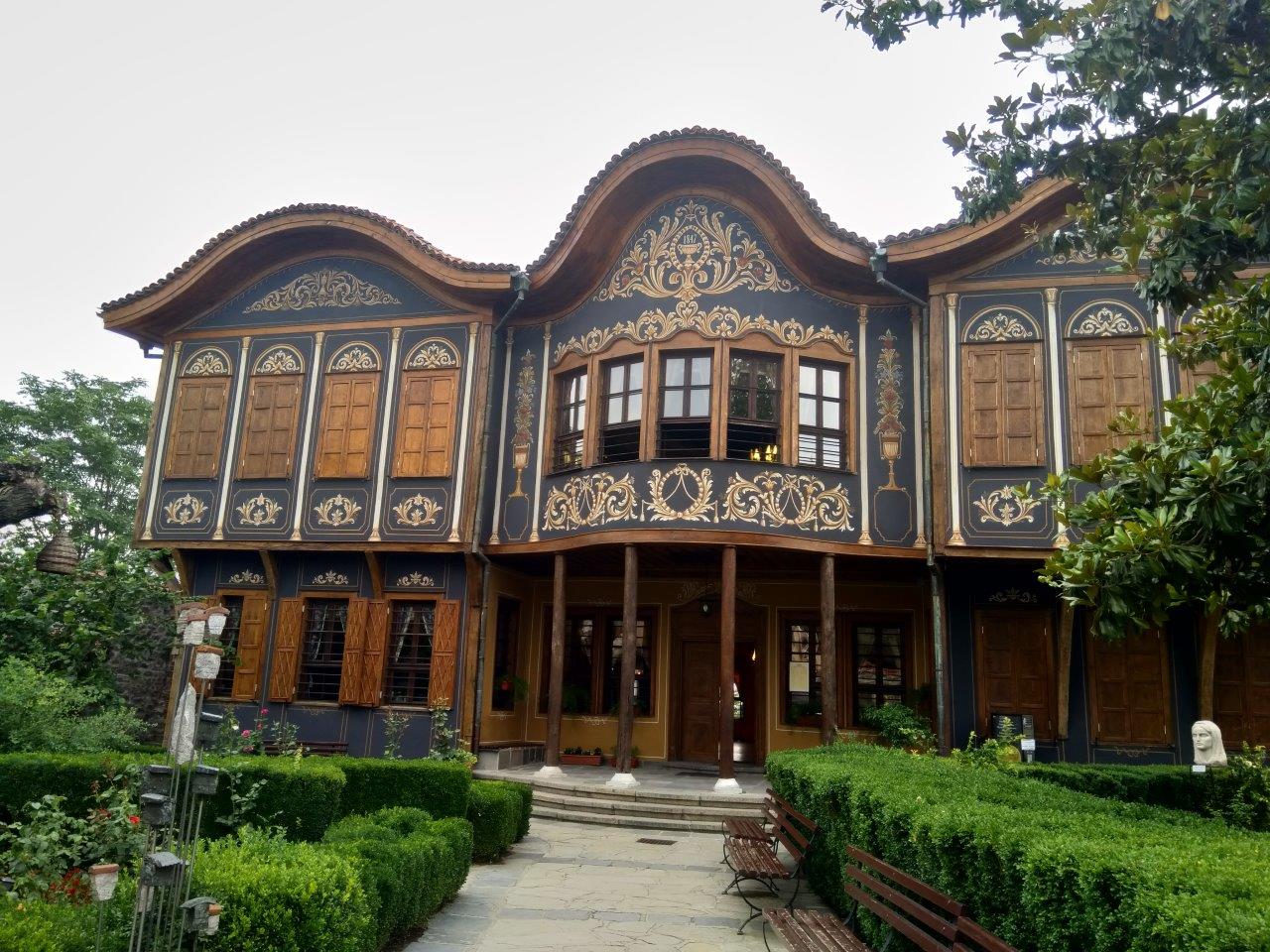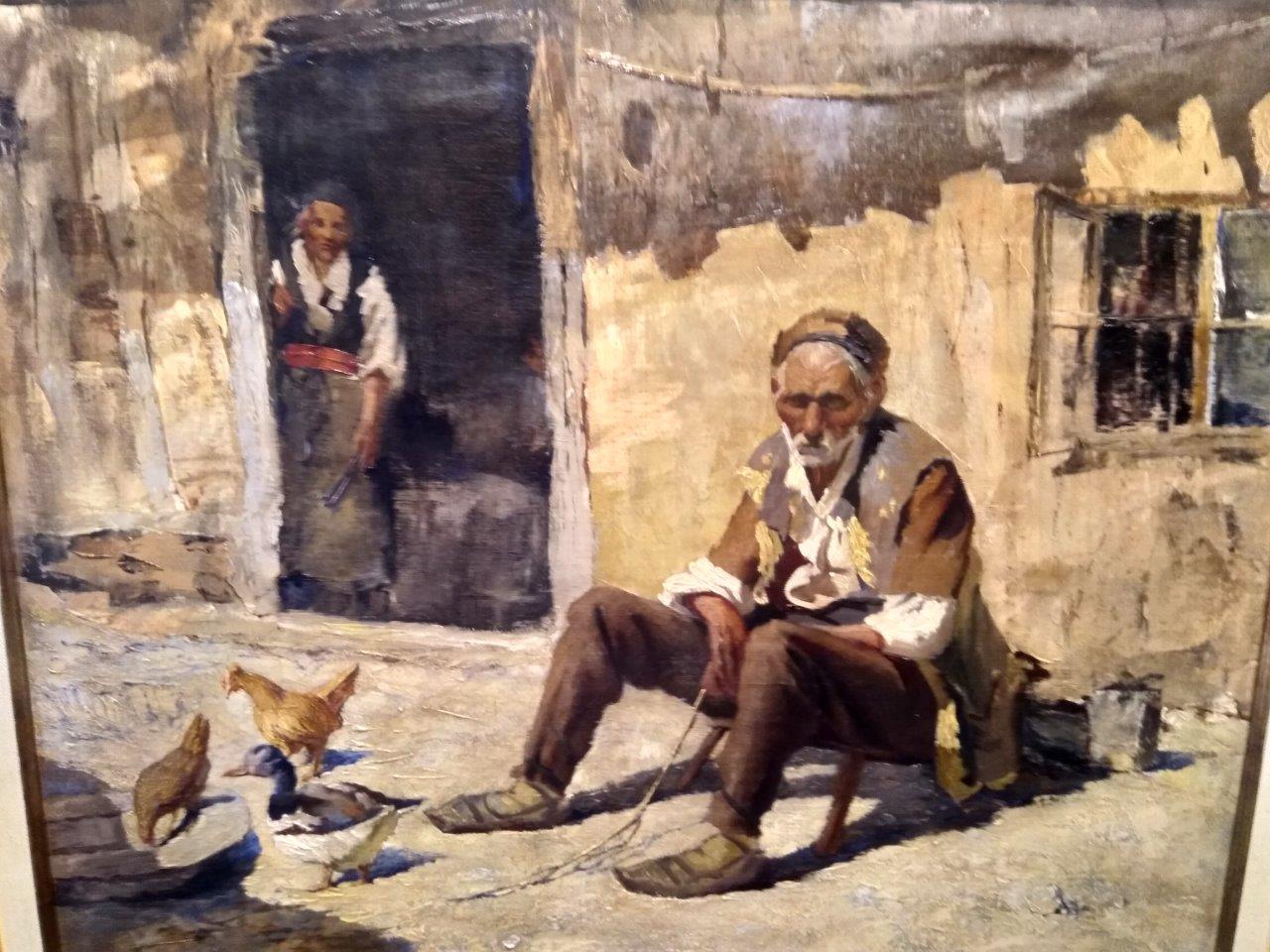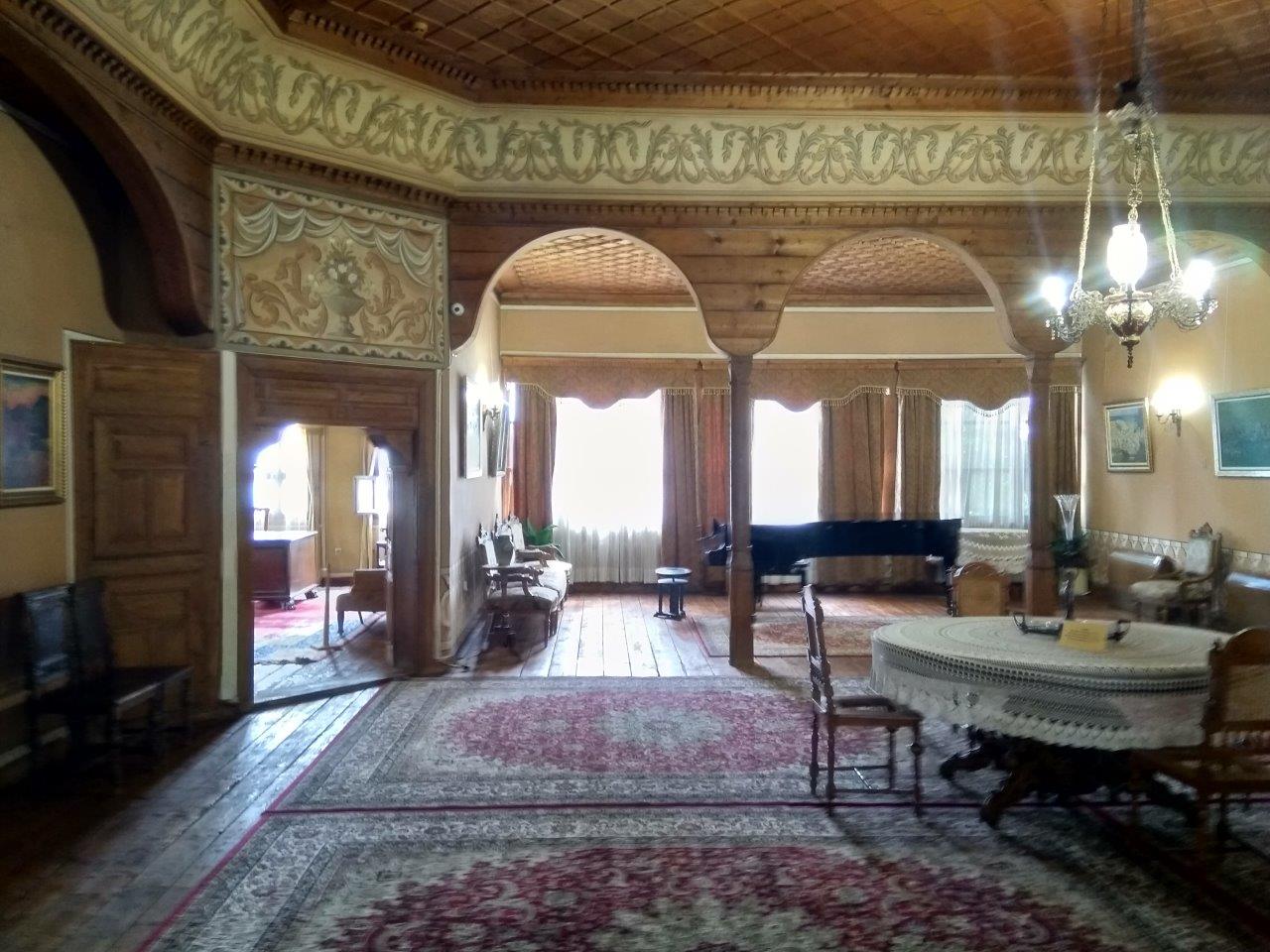Plovdiv: what to see on a weekend (2)
For our second day in Plovdiv (see our post about the first day) we started the morning with one of the free city tours, the Free Plovdiv Tour (website) . If you are interested, they start every day at 11 and 6 in the afternoon in front of the town hall, and last two hours (so you are perfectly in time for lunch or dinner later). Different seasons have different timetables. If it sounds like something you’d like to do, the best thing is to check their website.
After touring through Kapana with them, and also along the hill of the ancient city, we ate something quickly and headed to see the most emblematic houses of the XIX century nobility of Plovdiv.

Table of Contents
The ancient city of Plovdiv
The ancient city of Plovdiv is an architectural reserve and rightly so: is the area (map) were the houses of the wealthiest inhabitants of Plovdiv are. They built for themselves luxurious mansions for the standards of their time… and ours.
Plovdiv was then a merchant city, and after the western opening with the end of the Ottoman era many architectural influences are seen in the houses. Oriental mixed with western styles.
Many of them have been converted into museums or have been preserved for the enjoyment and admiration of locals and foreigners visiting Plovdiv. One more reason to get a Plovdiv City Card – which we talked about in the first post of the series – is that the entrance to a large part of the mansions is free with it.
The Hadji Aleko house – Philippopolis Museum and Gallery
This two-story building, located on 29 Saborna Street (map), is a beautiful Renaissance house, from 1895 for the notorious citizen of the city Adij Aleko, and the first made in the Western style. His grandfather was a famous craftsman, who organized the guild in the city, and from there comes the luxury of the house, exquisitely decorated with oak.



Today it has been converted into a painting museum on both floors, with a permanent collection. The paintings have a clear Russian influence. There’s also a changing collection. When I visited it, the changing one was from the artist Lili Kioutchoukova, who depicts in her paintings the sordid side of Paris.
The Balabanov house
Another of the emblematic houses of the ancient area of Plovdiv is that of Balabanov, which dates back to the early 1800s. Built for the rich merchant Hadji Panajot, it takes its name from the owner it had in the early twentieth century, Mr. Balabanov – also merchant.
Also freely accessible with the Plovdiv City Card, this house was built on the Bulgarian National Revival period. You can see the luxuries of the time on a second floor decorated with the original furniture, while the first floor acts as a painting and sculpture gallery.



Hindliyan’s house
A few steps from the previous house, we find another picturesque and luxurious house that competes in those criteria with that of Balabanov: the house of Stephan Hindlyan, also a rich merchant and rancher, dating from the 1830s.

It is perhaps the house of the architectural complex of the ancient city of Plovdiv that I liked the most. The second floor is fantastically painted in bright colors, with each room having a predominant one. The “Alafrangas” – a kind of “window” that instead of having crystals to the outside world contain a painting in the stone – are outstanding.


Mr. Hindlyan definitely did not spare any expense, since he even had a rosewater fountain for giving the room a nice scent.
Rahat Trepe restaurant
After spending the afternoon walking through the old area (other things to see in the area: Philippo’s gate on the wall, the top of the hill with the ruins our appetite opened and we went to a Nice open-air restaurant on top of the hill: the Rahat Trepe (address: Doctor Stoyan Chomakov. Map).
We placed ourselves on one of the many tables on the terrace and we could watch the sunset from there while we had dinner. We ordered one of the house’s specialties, the ribs, as well as several rounds of refreshing Bulgarian beers (the brand is Kamenitza) and some Rakia (the Bulgarian Grappa) to close the night in the good atmosphere of the restaurant.

Tired and happy, we went back down to the apartment (see the first post of the series, where to sleep in Plovdiv?) To rest, since at dawn we had to continue the trip. The weekend was over.
Topics: Traveling around Europe |
Leave your comment!
|  Print This Post
Print This Post